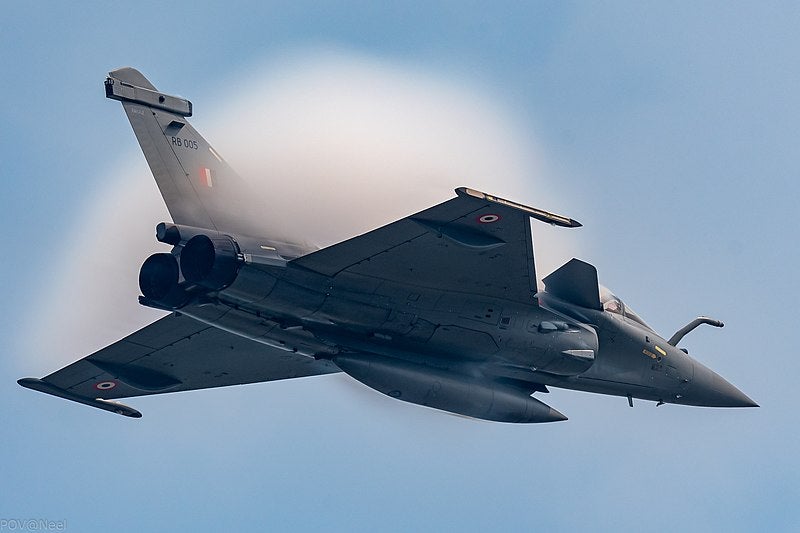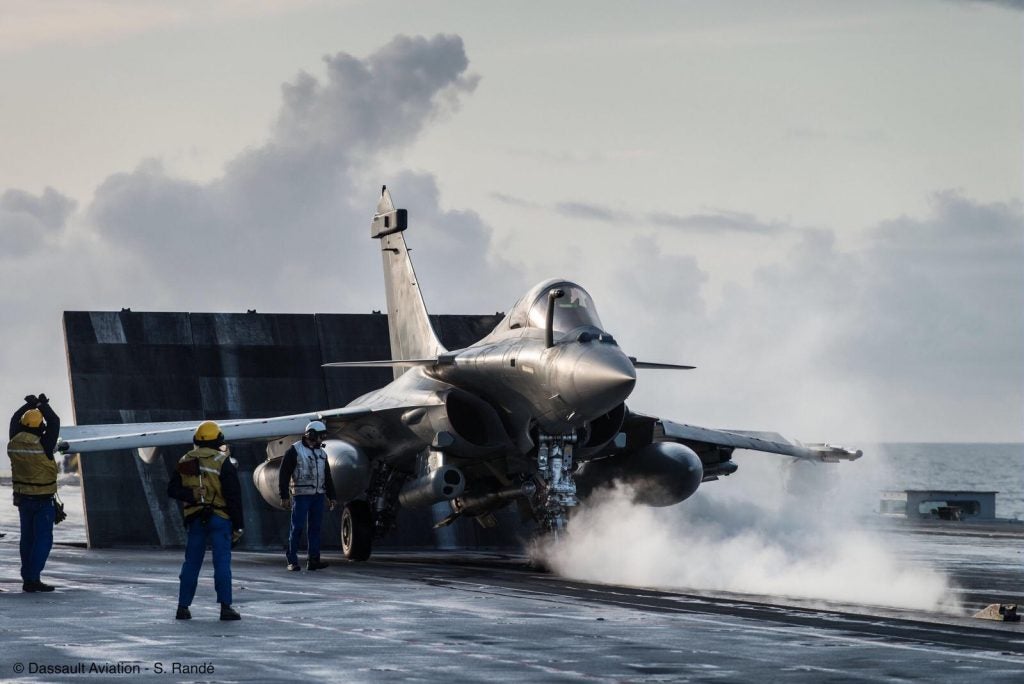India Issues Letter Of Request For Naval Rafale Purchase
The Indian government has issued an official letter of request for its purchase of 26 naval Dassault Rafales to the French government.
Indian defense officials that spoke to ANI said that the letter of request had been delivered last week, with a response expected in the “near future”. According to them, the letter in question specifies the requirements and desired capabilities for the Rafales being ordered in the government-to-government contract, which is valued around 5.5 billion euros.
A delivery date for the aircraft will depend on the speed of negotiations on the deal, with New Delhi previously indicating that it wants deliveries to begin within three years of a contract being closed. To support New Delhi’s desire to quickly begin Rafale operations, French Navy Rafales are reportedly to be loaned within six months of the contract signing, allowing pilot training to begin well before the first Rafale is delivered.
The Indian government announced in July that it had selected the naval Rafale as its next carrier-borne fighter following a series of evaluations. 22 single-seat Rafales and four two-seat Rafale trainers are to be ordered, replacing the Indian Navy’s current fleet of MiG-29Ks. They will operate off of the INS Vikramaditya and the INS Vikrant, the Indian Navy’s “ski jump” short take off and arrested landing aircraft carriers.

The Indian Air Force currently operates the land-based version of the Rafale, having received the last of its 36 Rafales in July 2022. The Air Force Rafales are all equipped with India Specific Enhancements, which are likely to be included on the naval Rafales as well.
Commonality between the land-based and carrier-based Rafales offers the potential of reduced logistics and maintenance requirements, making the naval Rafale a more appealing option than the F/A-18 Block III Super Hornet it bested. Such commonalities have a precedent in how the MiG-29K also has commonalities with the land-based MiG-29s operated by the Indian Air Force.

